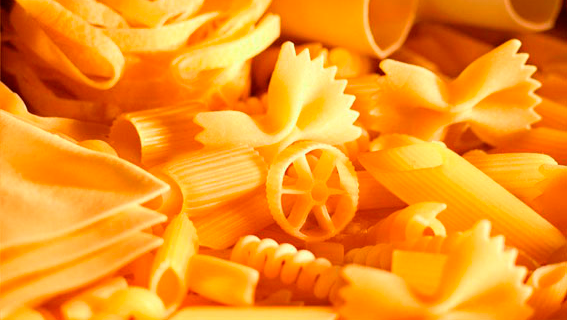Abstract
The Bloodhound project, conceptualized in 2008 by Richard Noble and Andy Green (past and present holders of the land speed record), targeted the setting of a new land speed record of 1000 mph with the Bloodhound Super Sonic Car (SSC) on an 18 km-long stretch of the Hakskeen salt pan in the Northern Cape of South Africa.
The South African University of the Witwatersrand in Johannesburg set some of its students a final-year Mechanical Engineering project to design a system to film the Bloodhound land speed record attempt at a distance of 50 m without interfering with the vehicle in any way.
This detailed technical case study describes how the students arrived at a supersonic aircraft drone prototype using MATLAB and modeFRONTIER in order to reduce the time and costs of numerical and wind-tunnel testing.
Read the article


